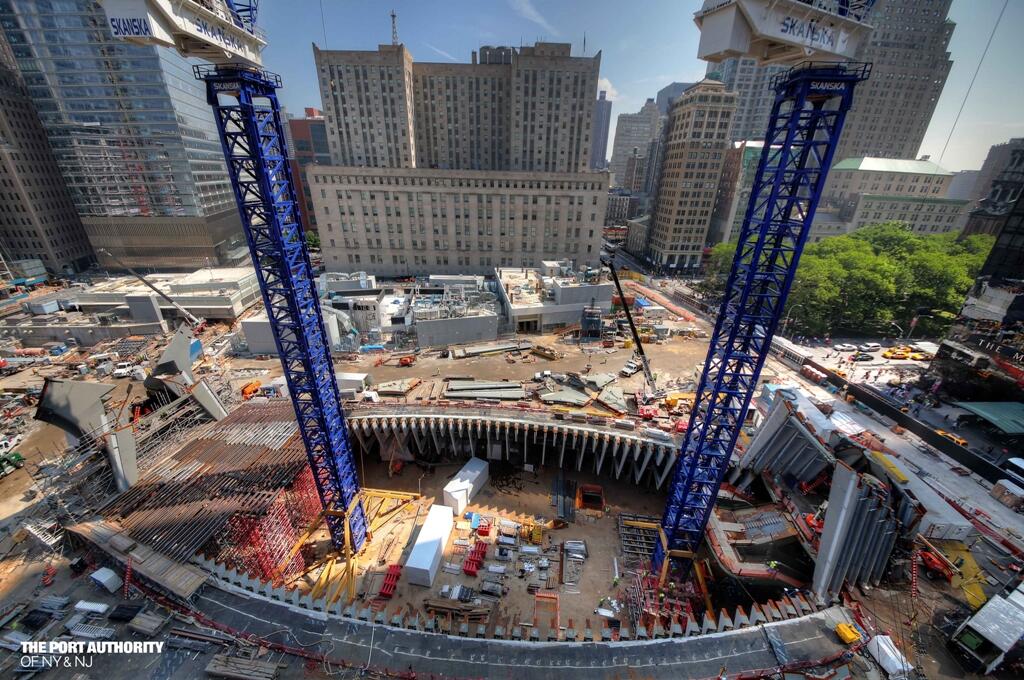Late last night, a CSX freight using Metro-North’s Hudson Line to tote away some garbage derailed across both tracks near the Spuyten Duyvil station in the Bronx, and service into Manhattan on the Hudson Line has been suspended since then. As of this afternoon, train service along the line remains suspended “until further notice,” the MTA announced.
As alternate routes go, the Harlem Line will be honoring Hudson Line tickets and LAZ parking permits. Hudson Line train service is operating only between Poughkeepsie and Yonkers with a shuttle bus offering service to the 1 train’s northern terminal at Van Cortlandt Park-242nd Street. For anyone hoping to take a Hudson Line train to tonight’s Jay-Z/Justin Timberlake concert at Yankee Stadium, reconsider those plans. It’s a giant mess.


